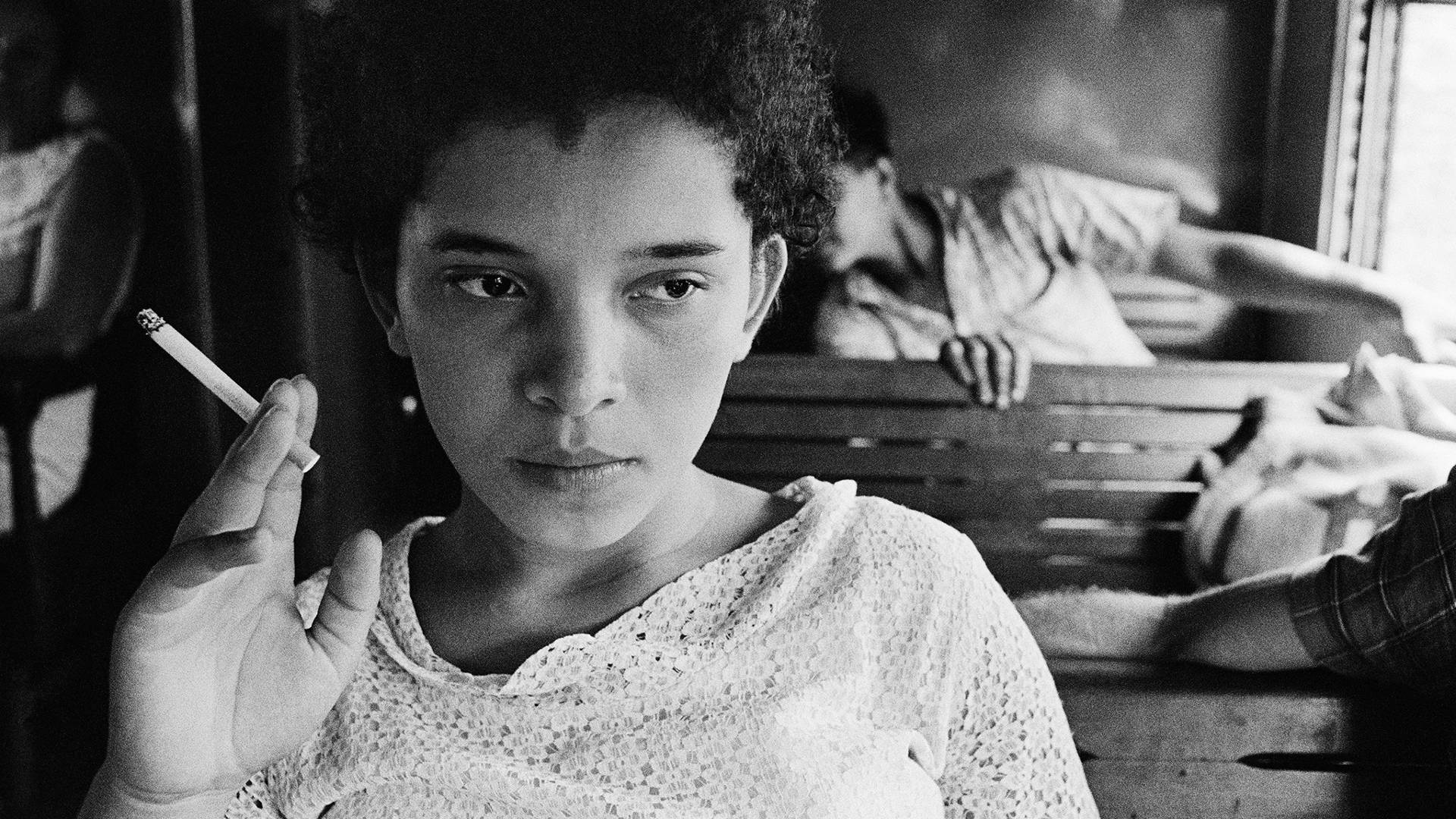
The Cartier Foundation launches a new exhibition focusing on the art and activism of the indigenous Yanomami people of the Amazon. “The Yanomami Struggle”, which opened at the Shed in New York, highlights the indigenous peoples of the Amazon and their ongoing struggle for survival. Your Situation is a universal story and an unflinching meditation on the human condition - both its virtues and its most depraved depths - and the cycles of destruction that define us. At the heart of the exhibition is art's power to transcend, but also its limitations. The exhibition runs until April 16 and is presented by the Fondation Cartier pour l'art contemporain.
It is estimated that 30,000 Yanomami live in a territory that extends from the north of Brazil to Venezuela. Its existence is threatened by illegal mining. The exhibition opens at a precipitous moment: the Brazilian government has declared a public health emergency and its new president, Luiz Inácio Lula da Silva, has accused his predecessor, Jair Bolsonaro, of committing “genocide” against the Yanomami. Photographer Claudia Andujar, 91, has been capturing this moving saga for over 50 years. His remarkable images, almost 200 of them, are the focus of “The Yanomami Fight”. The exhibition opens with a window on paradise, the Yanomami in their world – without outside influence. Sometimes the color-saturated images seem otherworldly, and it's not because we're looking at a different culture. Andujar began documenting the Yanomami in 1971 as a photojournalist, but long before that he was already interested in abstract painting. His techniques deviated dramatically from reportage when he began using infrared film and colored filters, even rubbing Vaseline on his lenses to imbue the images with the sense of the Yanomami state of mind. A yano, or collective house, sits in a sci-fi field of electric magenta. In another image, Andujar captured the blur of a shaman absorbing the yakoana hallucinogen to manifest the spirits.

“Claudia Andujar had to represent things that were invisible,” said Thyago Nogueira, Director of Contemporary Photography at Instituto Moreira Salles, São Paulo, who curated the exhibition. “Andujar used all available techniques to create a new reality from what he was learning, to make visible what was not visible. It was a long search as he learned more about his cosmic vision and spirituality. In fact, Andujar has been criticized by journalists and anthropologists [who said] 'This is not a documentary. This is not ethnography.'”

Last week, at the show's presentation, Nogueira was seated on a bench in front of a grid of moving portraits of the Yanomami people of Andujar entitled “Identities in Motion”. She would often photograph a subject in natural light using an entire roll of film to amplify individuality. This is another reason why Andujar's images stand out – they do not portray another culture as the “other”, but the people within it. As is often the case in art, they also say a lot about the creator. “Andujar lost his entire family in the Holocaust,” Nogueira said. “Els fled to Switzerland and then moved to Brazil. He was always trying to find a new home, which he ended up finding among the Yanomami. Photography was a way of communicating, of getting closer to people.” After passing through the paradisiacal part of the exhibition (which also features stunning videos made by Yanomami filmmaker Morzaniel Ɨramari), there is a gallery of Yanomami artwork. At first glance, some seem like abstractions, but they are parables of your complex belief systems.

There are also works by Sheroanawe Hakihiwe, a specialist in portraying the “oral memory” of his people and who represented Venezuela at the 2022 Venice Biennale. Paulo), the Fondation Cartier (Paris) and the Barbican (London), among other venues. The viewer is plunged into a world in flames, with glimpses of destruction and damage wrought on indigenous bodies in the form of disease and violence. It can be hard to look at , much less understand. The turmoil prompted Anjudar to switch from protest artist to full-time activist. Nogueira hopes the show's broader messages reverberate. "This isn't just a story about something that's happening in the middle of the Amazon" he said."This is a fight for respect for human diversity. This is a fight for social justice that corresponds to our own survival and the survival of other indigenous peoples around the world."

